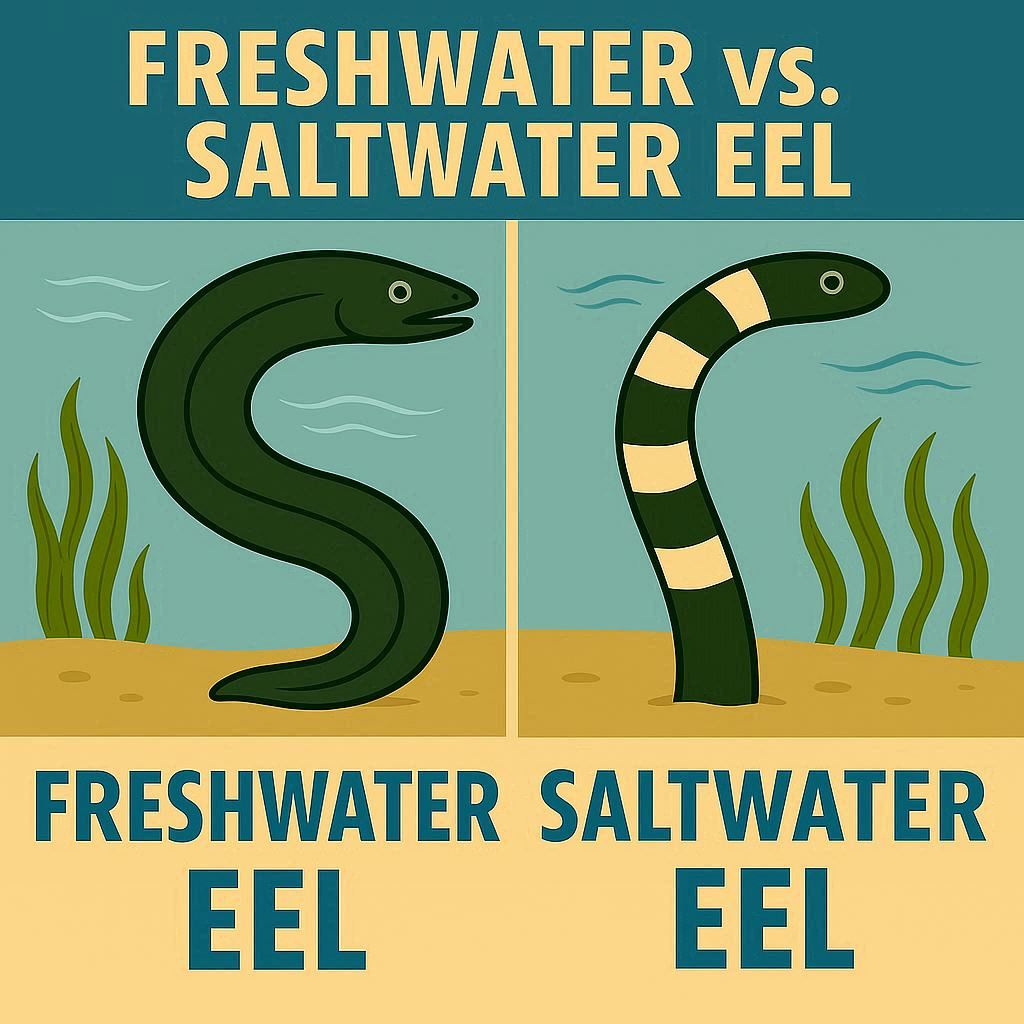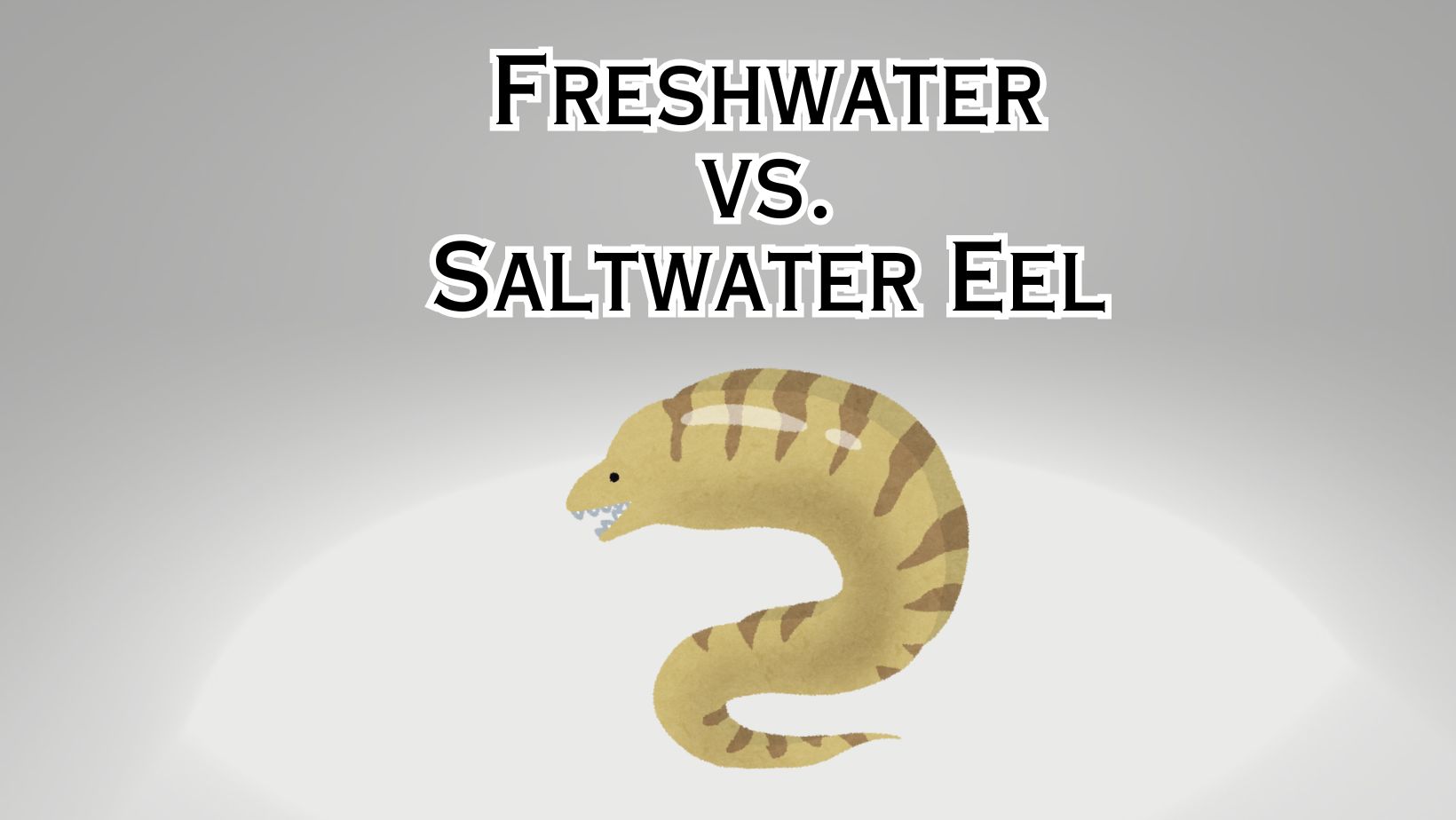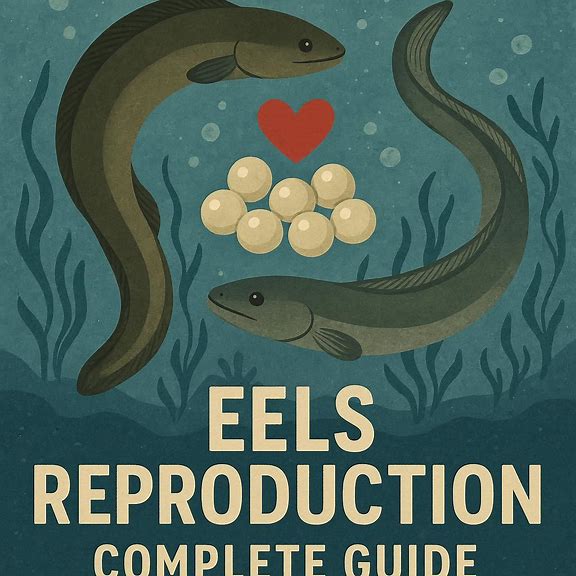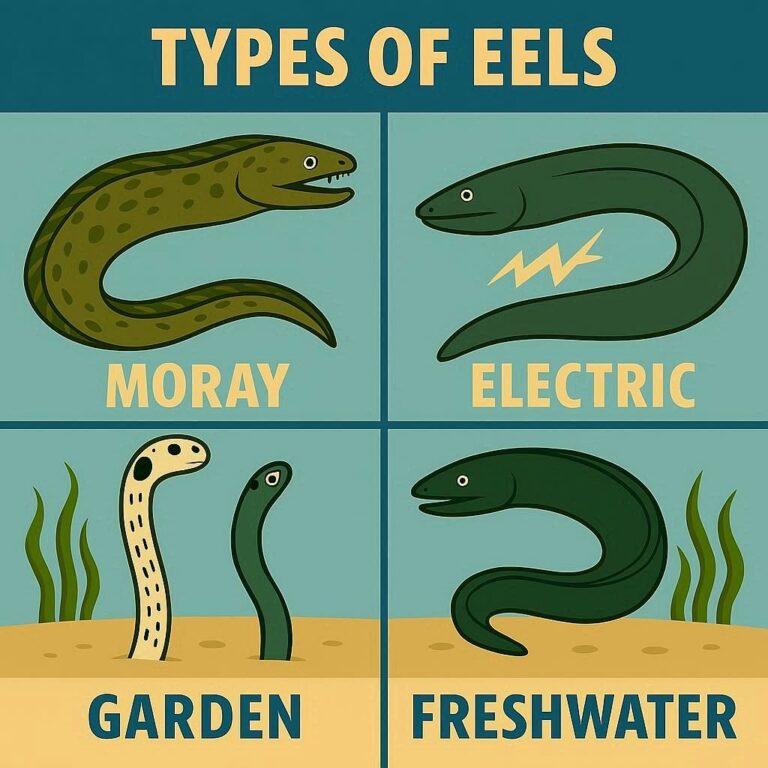
Eels are fascinating creatures that inhabit various aquatic environments around the world. Among the most notable distinctions among eels are whether they live in freshwater or saltwater habitats. Both freshwater and saltwater eels belong to the order Anguilliformes, but they exhibit several differences in their biology, behavior, habitat preferences, and ecological roles. In this article, we will explore the characteristics of freshwater and saltwater eels, comparing and contrasting their adaptations, behaviors, and significance in their respective ecosystems.

1. Habitat and Distribution
Freshwater eels, as the name suggests, primarily inhabit freshwater environments such as rivers, lakes, and streams. They are known for their migratory behavior, with species like the European eel (Anguilla anguilla) undertaking extensive migrations between freshwater and marine environments during their lifecycle. Freshwater eels are found in various regions worldwide, including Europe, Asia, Australia, and North America.
On the other hand, saltwater eels, also known as marine eels, inhabit saltwater environments such as oceans, seas, and coastal areas. They are adapted to living in a marine environment throughout their lifecycle. Saltwater eels are distributed across tropical and temperate regions globally, with species like the moray eel (Gymnothorax spp.) found in coral reefs, rocky shores, and deep-sea habitats.
2. Physical Characteristics
While both freshwater and saltwater eels share similar body shapes characterized by elongated, snake-like forms, there are some notable differences in their physical characteristics. Freshwater eels tend to have lighter coloration and smaller eyes compared to saltwater eels. Additionally, freshwater eels may have broader heads and thicker bodies relative to their size, which may be adaptations to their freshwater habitats.
In contrast, saltwater eels often exhibit darker coloration, ranging from brown and green to black, which helps them blend into their marine environments and camouflage against predators and prey. They may also have larger eyes and slimmer bodies, which are advantageous for navigating through complex reef structures and hunting in open water.
3. Life Cycle and Reproduction
One of the most significant differences between freshwater and saltwater eels lies in their life cycle and reproductive strategies. Freshwater eels are catadromous, meaning they spawn in the ocean but spend most of their adult lives in freshwater habitats. They undertake long migrations from their freshwater habitats to the ocean to spawn, with larvae known as leptocephali drifting with ocean currents before migrating back to freshwater as transparent glass eels.
In contrast, saltwater eels are often marine residents throughout their entire lifecycle. Many species of saltwater eels, such as moray eels, reproduce through broadcast spawning, releasing eggs and sperm into the water column, where fertilization occurs externally. The resulting larvae, known as leptocephali, undergo a pelagic larval phase before settling in coastal habitats and developing into juveniles.
4. Feeding Behavior and Diet
Both freshwater and saltwater eels are carnivorous predators, feeding on a variety of prey depending on their size, habitat, and ecological niche. Freshwater eels typically feed on small fish, crustaceans, insects, and aquatic invertebrates found in their freshwater habitats. They are opportunistic feeders, using their keen sense of smell and electroreception to locate prey hiding in vegetation or substrate.
Saltwater eels exhibit a diverse range of feeding behaviors and diets depending on their species and habitat. Moray eels, for example, are ambush predators that rely on stealth and camouflage to capture prey such as fish, cephalopods, and crustaceans. Other saltwater eels, like garden eels, are filter feeders that consume plankton and suspended organic matter from the water column using specialized feeding structures.
5. Behavioral Adaptations
Freshwater and saltwater eels have evolved distinct behavioral adaptations to survive and thrive in their respective habitats. Freshwater eels, for instance, may exhibit diurnal or nocturnal feeding patterns depending on factors such as water temperature, prey availability, and predator activity. They may also display territorial behavior, particularly during the breeding season when males compete for access to females and spawning sites.
In contrast, saltwater eels often exhibit cryptic behavior, hiding in crevices, burrows, or coral reefs to avoid predators and ambush unsuspecting prey. Many species of saltwater eels are solitary and territorial, with individuals defending their shelter or territory from intruders. Some saltwater eels, such as the giant moray, are known to exhibit cooperative hunting behavior, where multiple individuals cooperate to capture larger prey or defend their territory against rivals.
6. Ecological Roles
Both freshwater and saltwater eels play crucial ecological roles in their respective habitats and food webs. Freshwater eels serve as apex predators in freshwater ecosystems, regulating populations of smaller fish and invertebrates and contributing to nutrient cycling through their feeding activities. They also serve as prey for larger predators such as birds, mammals, and larger fish species.
Saltwater eels fulfill similar ecological roles in marine ecosystems, where they contribute to the regulation of prey populations and participate in nutrient cycling. Additionally, saltwater eels serve as important prey for apex predators such as sharks, groupers, and other large predatory fish. Some species of saltwater eels, such as the moray eel, also serve as indicators of reef health, with their presence or absence reflecting the condition of coral reef ecosystems.
7. Conservation Status and Threats
Both freshwater and saltwater eels face various threats to their survival, including habitat loss, pollution, overfishing, and climate change. Freshwater eels, in particular, are vulnerable to barriers such as dams and weirs, which impede their migratory routes and access to spawning grounds. They are also at risk from pollution and contaminants in freshwater habitats, which can affect their reproductive success and overall health.
Similar factors, including habitat degradation, overfishing, and destructive fishing practices such as bottom trawling threaten saltwater eels. Many species of saltwater eels are also harvested for human consumption, particularly in Asia, where they are considered a delicacy. Overfishing of eel populations has led to declines in some species, prompting conservation efforts and regulations to protect them.
Comparison Table
| Feature | Freshwater Eels | Saltwater Eels |
|---|---|---|
| Typical Species | Unagi, American, European | Anago, Moray, Garden |
| Habitat | Rivers, lakes, streams | Oceans, coral reefs, sea beds |
| Lifecycle | Catadromous (breed in sea, live in freshwater) | Marine throughout life |
| Color & Body | Dark gray to black, round tail, broad head | Lighter brown/white, pointy/sharp tail, slender bodies |
| Eyes | Smaller | Larger, for deep/reef life |
| Diet | Fish, invertebrates, crustaceans | Varies: fish, crustaceans, plankton |
| Behavior | Migrate long distances, nocturnal | Ambush, burrowing, or filter feeding, cryptic |
| Reproduction | Migrate to ocean to spawn | Spawn in sea, pelagic larvae |
| Culinary Uses | Rich, fatty (unagi); usually grilled | Lean, delicate (anago); often simmered/sushi |
| Conservation | At risk due to overfishing and habitat loss | Some species threatened; habitat loss, overfishing |
Types of Freshwater Eels:
- European Eel (Anguilla anguilla): The European eel is one of the most well-known freshwater eel species. It has a slender body with a yellow-brown coloration and can grow up to several feet in length. European eels are catadromous, meaning they spawn in the ocean but spend most of their adult lives in freshwater rivers and lakes.
- American Eel (Anguilla rostrata): Found in North America’s freshwater rivers and streams, the American eel shares similar characteristics with its European counterpart. It has a snake-like appearance with a pale yellow or brownish coloration. Like the European eel, it migrates from freshwater to saltwater habitats to reproduce.
- Japanese Eel (Anguilla japonica): Native to East Asia, including Japan, China, and Korea, the Japanese eel is another freshwater species. It has a distinctive elongated body and a dark brown or olive-green coloration. Japanese eels are an essential culinary delicacy in many Asian countries.
Types of Saltwater Eels:
- Moray Eel (Family: Muraenidae): Moray eels are a diverse family of saltwater eels found in tropical and subtropical oceans worldwide. They have elongated bodies, large mouths with sharp teeth, and a mottled or patterned coloration. Moray eels are primarily nocturnal predators that inhabit coral reefs, rocky crevices, and sandy bottoms.
- Conger Eel (Family: Congridae): Conger eels are large saltwater eels known for their elongated bodies and pointed snouts. They inhabit deep-sea environments and can grow to impressive sizes, with some species reaching lengths of over 10 feet. Conger eels are found in temperate and tropical waters around the world.
- Garden Eel (Family: Heterocongrinae): Garden eels are a unique group of saltwater eels that inhabit sandy seabeds in tropical and subtropical regions. They have slender bodies and elongated tails, with a burrowing lifestyle that allows them to anchor themselves in the sand. Garden eels feed on planktonic organisms that drift past their burrows.
Comparative Adaptations:
- Habitat Preferences: Freshwater eels are adapted to live in rivers, lakes, and streams, while saltwater eels inhabit oceans, seas, and coral reefs.
- Life Cycle: Freshwater eels are catadromous, migrating from freshwater to saltwater to reproduce, while saltwater eels typically remain in marine environments throughout their lives.
- Physiological Differences: Freshwater eels may have adaptations for osmoregulation to maintain water balance in freshwater habitats, while saltwater eels are adapted to withstand the higher salinity of marine environments.
Summary
In conclusion, while freshwater and saltwater eels share some common characteristics as members of the order Anguilliformes, they exhibit several differences in their habitat preferences, life cycles, behaviors, and ecological roles. Understanding these differences is essential for conserving and managing eel populations and their associated ecosystems effectively. By protecting both freshwater and saltwater habitats and implementing sustainable fishing practices, we can ensure the long-term survival of these enigmatic and ecologically important creatures.






